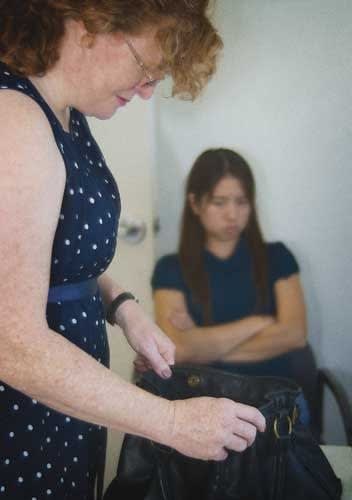The Fourth Amendment mandates that all searches by governmental agents be "reasonable." Exactly what it takes to make them reasonable is left to the courts to decide. The general rule, of course, is that warrantless searches are presumed to be unreasonable, with the burden on the government to show that any particular warrantless search fits within one of the recognized exceptions to the rule. (Katz v. U.S.)
One category of exception is described by the U.S. Supreme Court as "special needs" searches. These are limited searches that the court considers reasonable because some societal need is thought to outweigh the individual's normal expectation of privacy. "Special needs" searches include probation and parole searches, drug testing for certain occupations, administrative searches of closely regulated businesses, and community caretaking searches. The court has also said that the special need of public school officials to maintain discipline and safety at school presents a justification for relaxing the normal probable-cause standard under some circumstances.













